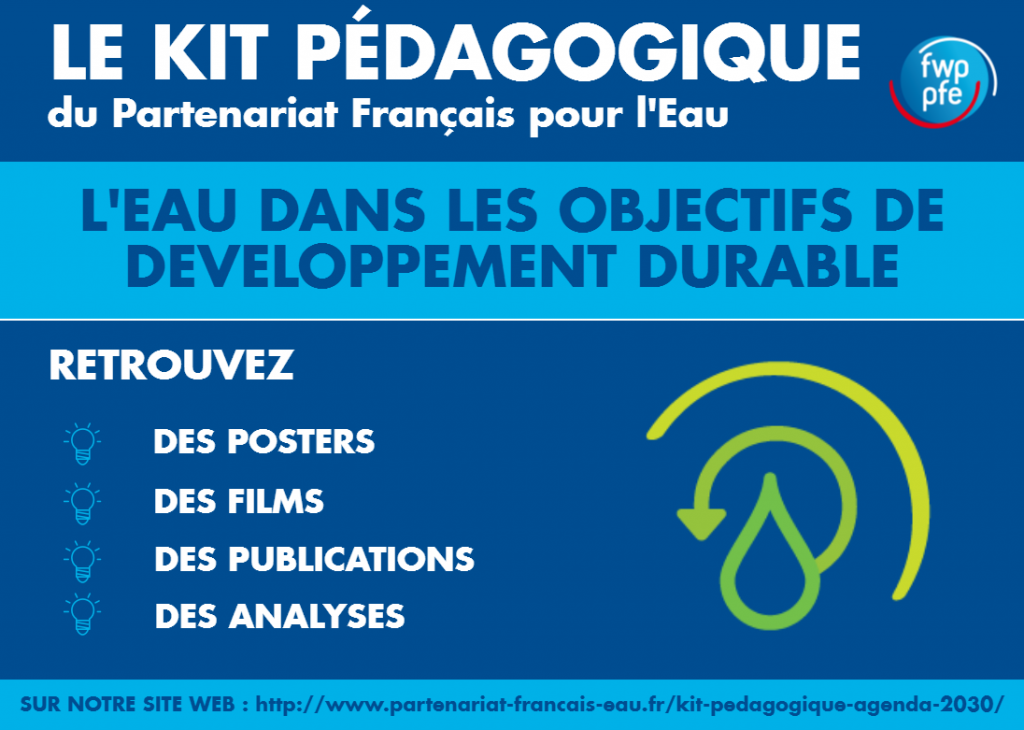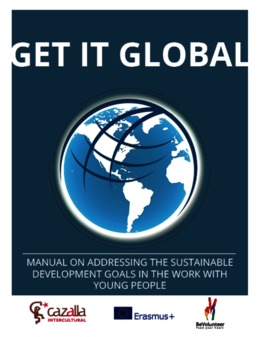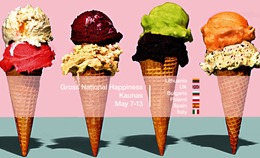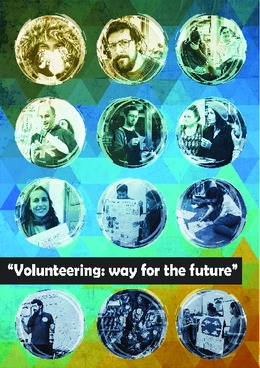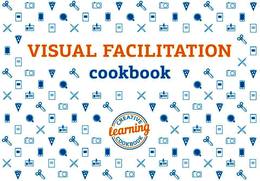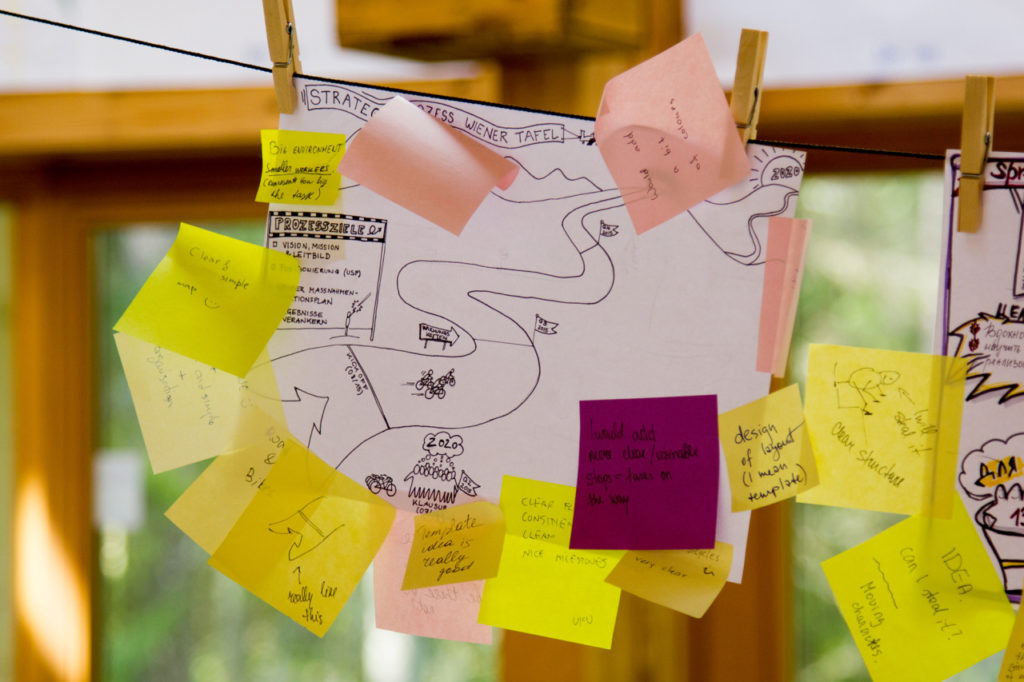Les ressources de la revue Sesame de l’INRAE
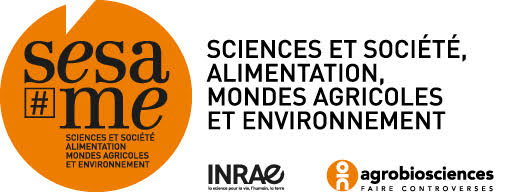
A l’origine, la Mission Agrobiosciences (MAA) a été créée en 2000 par l’ancien président du centre Inra de Toulouse, Jean-Claude Flamant, et un journaliste indépendant. Cette structure nouvelle, pensée comme un espace singulier, hors institution, de médiation et d’instruction des tensions entre recherche, société et décision publique, s’est donnée d’emblée pour mission, aux plans national et européen, l’analyse des questions vives qui traversent la société, dans le champ de l’agriculture, de l’alimentation et des sciences et techniques du vivant.
Privilégiant le débat multi-acteurs et la veille analytique, son équipe a progressivement développé une ingénierie d’échanges et d’éclairage des controverses, mobilisant un large réseau de savoirs et d’acteurs : chercheurs, universitaires et formateurs de toutes disciplines, milieux agricoles, représentants associatifs, pouvoirs publics, etc.
C’est dans ce contexte que la MAA et Inrae n’ont cessé d’approfondir des relations de confiance. Et c’est tout naturellement qu’en juillet 2016, l’équipe toulousaine rejoint l’institut de recherche, sans changer ni son esprit, ni ses manières de faire. Mais avec pour activité supplémentaire la création de la nouvelle revue Sesame, héritière de l’ancien Courrier de l’Environnement de l’Inra.
Son « ADN » ? Ainsi que l’indique clairement Philippe Mauguin, PDG d’Inrae et directeur de la publication, dans son édito du premier numéro : « Sesame n’est pas un nouveau support de communication et n’ambitionne pas de porter la voix officielle d’Inrae. Ce positionnement est souhaité et assumé ; il permettra le débat d’idées en confrontant les positions de personnalités de cultures et d’horizons variés ».
La Mission Agrobiosciences-Inrae, c’est aussi :
D’autres débats et ressources documentaires sur le site internet www.agrobiosciences.org,
La conception et l’organisation chaque année des Controverses européennes à découvrir sur le blog des controverses européennes
Tél. 05 61 28 51 37 // mail : revuesesame@inrae.fr
